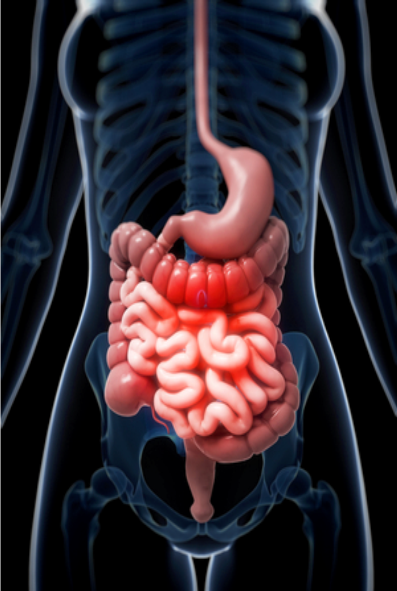Your digestive or gastrointestinal system turns what you eat and drink into the energy your body needs to grow and keep working. Digestion begins in your mouth. You chew food into small pieces that can be digested more easily. An enzyme in the saliva helps break down carbohydrates.
Food moves from your mouth through your esophagus and then to your stomach. The esophagus is a muscular tube that uses wave-like motions to move the food to your stomach. When food arrives in your stomach, it mixes with strong acids and enzymes. The strong muscles of the stomach churn the mixture of food, acids and enzymes. This mixture is called chime.
Your stomach periodically releases chime into the first section of the small intestine, called the duodenum. The small intestine is the place where most digestion occurs. Substances from the pancreas, gallbladder and liver are secreted to help change carbohydrates, fats and proteins into particles that are small enough to be absorbed. After chime passes from the duodenum, it moves to the last two parts of your small intestine, the ileum and jejunum, where nutrients are absorbed into the bloodstream. These nutrients provide the energy your body needs.
The pancreas is located behind the stomach. It secretes enzymes into the duodenum to help digest fats proteins. The liver, the largest gland in the body, plays a part in digestion by producing bile, which breaks fats into small globules or tiny drops. Bile is sent to the gallbladder and then the gallbladder secretes bile into the duodenum. The liver also helps the body process glucose, proteins, vitamins, and fats.
After nutrients are absorbed in the small intestine, water and undigested wastes, such as fiber, pass into the large intestine. The mixture of water and waste is called feces. The large intestine is made up of the cecum, appendix, colon, rectum, anal canal and anus. The walls of the colon, which is the largest section of the large intestine, absorb water until the feces is solid enough to pass as a bowel movement. Movement in large intestine causes the feces to pass through the intestine to the rectum. The rectum holds the feces until the urge to have a bowel movement is felt. The bowel movement then passes into the anal canal and out the anus.




